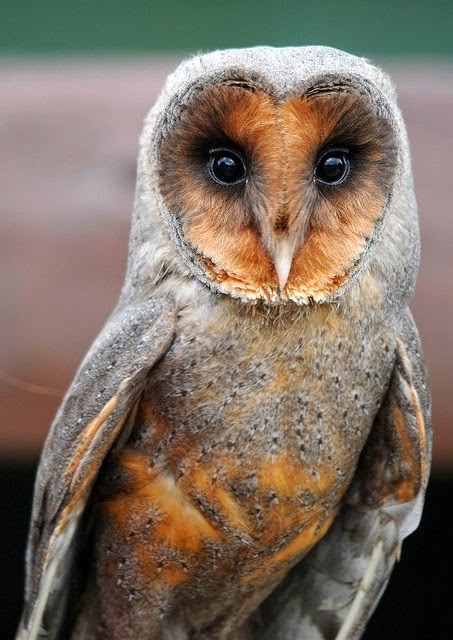 |
| Biologia-Vida | Unknown photographer |
Uma extremamente rara coruja-da-torre negra (Tyto alba). Suas penas, ao invés da coloração normal branca da espécie, tem tons de cinza e preto, devido a uma condição genética chamada melanismo, em que o indivíduo possui uma quantidade excessiva de melanina, pigmento que dá coloração ao corpo, e que seria o oposto ao albinismo. Essas corujas são raras, com chances de 1 em um milhão de nascerem assim; na natureza geralmente não vivem muito, pois não conseguem se camuflar direito entre a paisagem nevada que normalmente habitam, além disso, algumas mães corujas ao verem o filhote diferente se sentem confusas e matam o filhote ainda no ninho ou simplesmente não o alimentam, por isso são mais encontradas em cativeiro. ©
An extremely rare black barn owl (Tyto alba). Their feathers, instead of the normal white coloring of the species, has shades of gray and black due to a genetic condition called melanism, in which the individual has an excessive amount of melanin, the pigment that gives color to the body, which would be the opposite to albinism. These owls are rare, with odds of 1 in a million to be born so; it does not lives longer in nature since they can not camouflage right between the snowy landscape that normally inhabit, in addition, some mothers owls seeing different little owl feels confused and kill it while still in the nest or just stop feeding it, so they are more commonly found in captivity. ©
 |
| Unknown photographer |
Sources:
Telegraph /
Daily Mail/
NCBI
Postado por
Thalita Morais




Nenhum comentário:
Postar um comentário